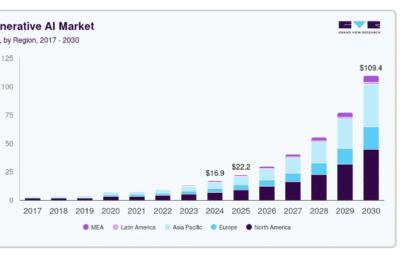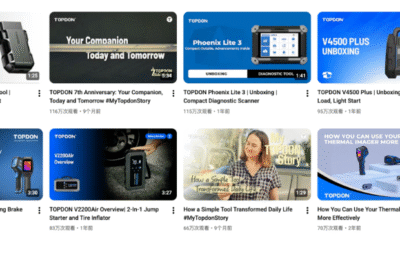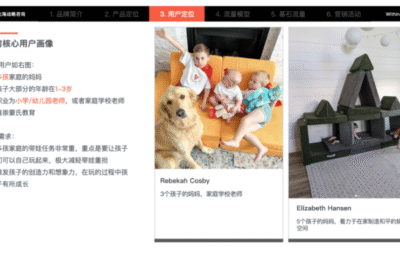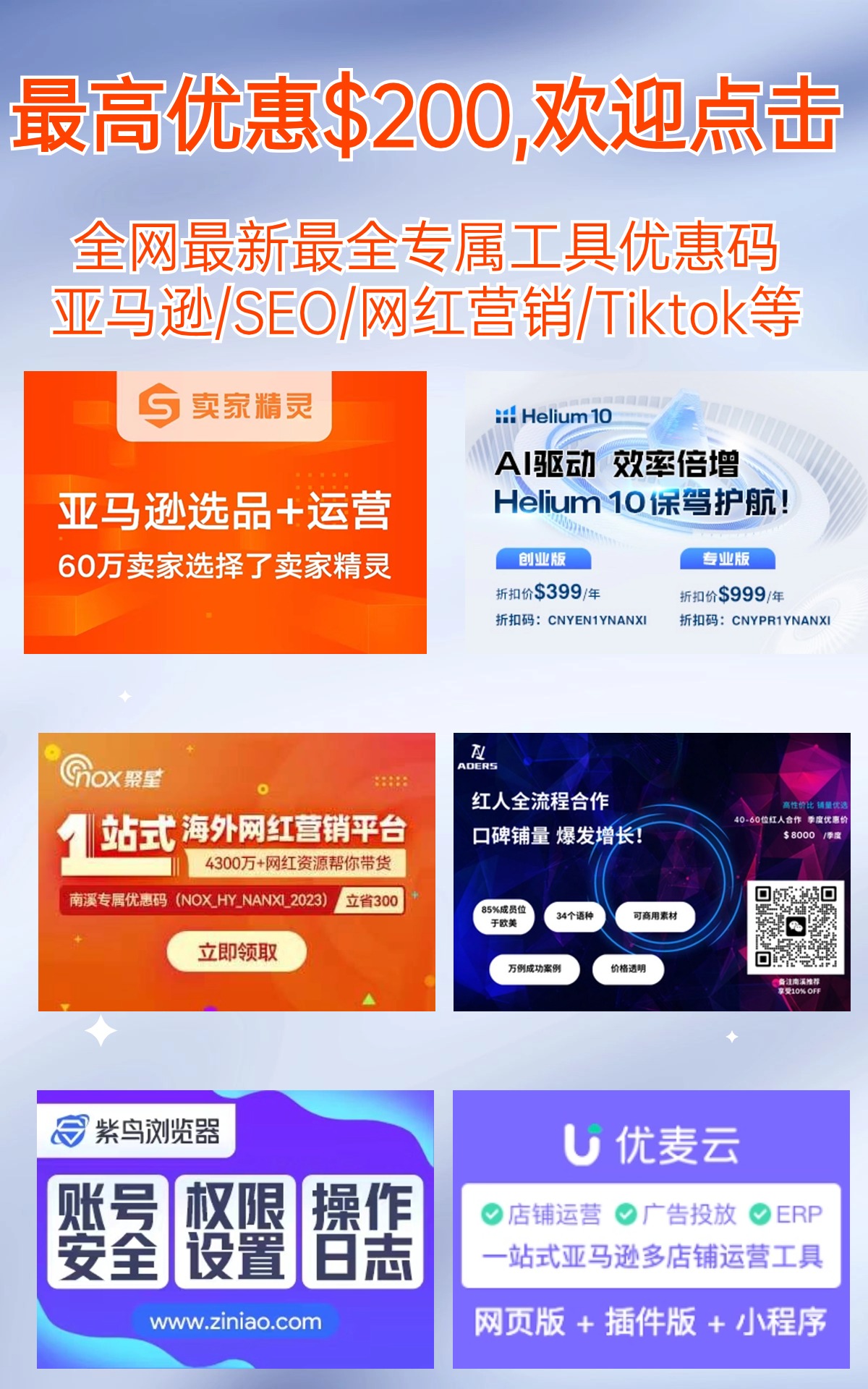
Introduction:
Alright, let’s chat about OnePlus. When they burst onto the scene in 2013, many in the tech world raised an eyebrow. A new brand promising flagship quality without the flagship price? It sounded almost too good to be true. But in no time, OnePlus went from an intriguing newcomer to a heavyweight in the smartphone ring. Their motto, “Never Settle,” wasn’t just a catchy phrase—it was a commitment they lived by.
The journey of OnePlus isn’t just about a brand finding its footing; it’s a masterclass in how to shake up an industry. They’ve been all about top-notch gear without the jaw-dropping price tags, making them a favorite for many of us who love tech without the hefty invoice.
Now, here’s an interesting tidbit. OnePlus and OPPO, another smartphone giant, have more in common than you might think. They’re both under the BBK Electronics umbrella. While OnePlus has its distinct flavor, this relationship with OPPO has offered some advantages. Shared resources, combined research, and some mutual design insights have helped OnePlus keep its edge sharp.
With that backdrop, let’s dive deep into what makes OnePlus tick and the lessons we can learn from them.
1. Cultivate a Loyal Community:
What OnePlus did: Before launching their first phone, OnePlus set up their own forums. This wasn’t just another tech forum; it was a space where potential users and enthusiasts could directly interact with the OnePlus team. They shared ideas, gave feedback, and even got involved in contests that helped shape the product.
Lesson: In today’s digital age, fostering a sense of community isn’t just beneficial; it’s essential. Brands need to build platforms where their audience can connect, not just with the product but with the people behind it.
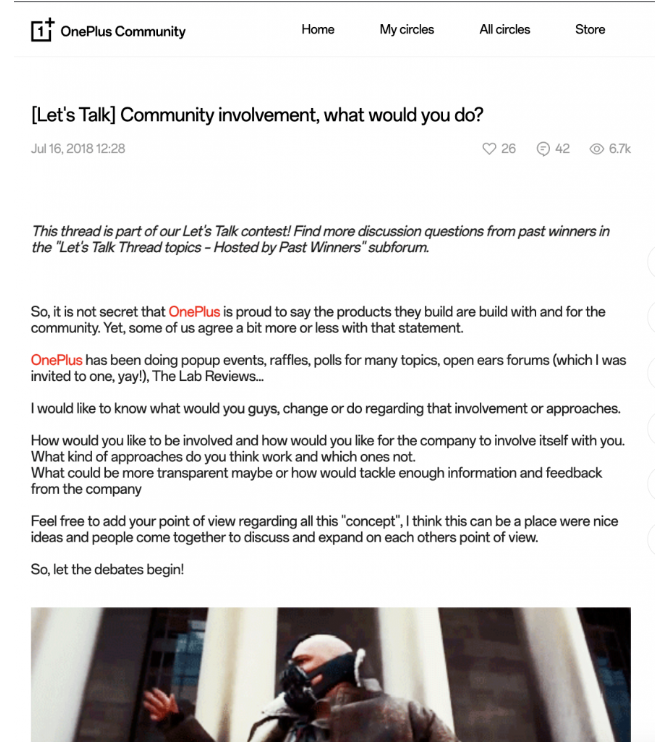
2. Create an Aura of Exclusivity:
What OnePlus did: Remember the OnePlus One’s invite-only system? It was a masterstroke. You couldn’t just buy the phone; you needed an invite. This created immense buzz and made owning a OnePlus device feel special.
Lesson: Sometimes, limiting access can increase demand. Think of ways you can make your product or service feel exclusive, even if it’s available to the masses.
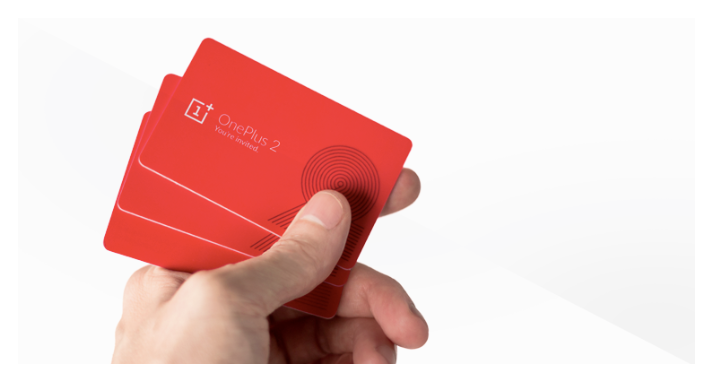
3. Leverage Social Media Strategically:
What OnePlus did: OnePlus is known for its social media prowess. Whether it’s dropping cryptic teasers for upcoming products, holding contests where fans can win early access, or live-streaming launches in augmented reality, they’ve made sure their online presence is both engaging and innovative.
OnePlus One “Smash the Past” Campaign (2014)
Concept: To generate buzz around the launch of its first product, the OnePlus One, OnePlus introduced the “Smash the Past” campaign. The campaign invited users to destroy their current smartphones for a chance to win the new OnePlus One for just $1.
Execution: Participants were required to submit a video of themselves smashing their old phone. The first 100 participants who were selected got a chance to buy the OnePlus One for $1. This campaign not only created a lot of buzz but also positioned OnePlus as a brand that’s challenging the status quo.
Outcome:
- Viral Content: The campaign went viral, with numerous participants uploading their smashing videos, creating widespread attention.
- Engagement: The campaign generated massive engagement on social media platforms, especially YouTube, where most of the smashing videos were uploaded.
- Controversy: While the campaign was a huge success in terms of reach and engagement, it also faced criticism. Many believed the act of destroying functional phones was wasteful. As a response, OnePlus later modified the campaign by allowing winners to donate their old phones instead of smashing them.
- Brand Awareness: The campaign was successful in generating tremendous brand awareness. It positioned OnePlus as a disruptor in the smartphone market.
Lessons Learned: The “Smash the Past” campaign showed the power of viral marketing and how a well-executed campaign can quickly put a new brand on the map. However, it’s essential to gauge public sentiment and be ready to pivot if necessary, as OnePlus did by adjusting the campaign in response to feedback.
4. OnePlus & Hasselblad Collaboration for Camera Technology (2021 onwards)
Background: In the competitive world of smartphones, camera technology has become a key differentiator for brands. OnePlus, always striving for excellence, sought to enhance its camera system to offer users a premium photography experience. This pursuit led them to collaborate with Hasselblad, a renowned Swedish company with a legacy in producing high-end camera systems.
Collaboration Details: OnePlus announced a strategic partnership with Hasselblad to co-develop the next generation of smartphone camera systems for future OnePlus flagship devices. This collaboration aims to bring Hasselblad’s iconic color calibration and imaging expertise to OnePlus smartphones.
Key Features & Benefits:
- Hasselblad Pro Mode: This mode offers advanced sensor calibration for more accurate and natural color. It provides users with granular control over photography settings.
- Color Calibration: Drawing from Hasselblad’s rich heritage, the collaboration promises to deliver natural color calibration, offering a more authentic and true-to-life photography experience.
- Investment in R&D: OnePlus committed to investing over $150 million in camera development over the coming years, emphasizing the importance of this collaboration.
Outcome: While the collaboration is still in its early stages, initial reviews and feedback suggest significant improvements in camera performance in OnePlus devices featuring Hasselblad technology. This partnership underscores OnePlus’s commitment to delivering a top-tier photography experience to its users.
Lesson: Collaborations like the one between OnePlus and Hasselblad exemplify how brands can combine strengths to produce a superior product. For OnePlus, this partnership reinforces its brand promise of “Never Settle” by continuously pushing the boundaries of what’s possible in smartphone technology.
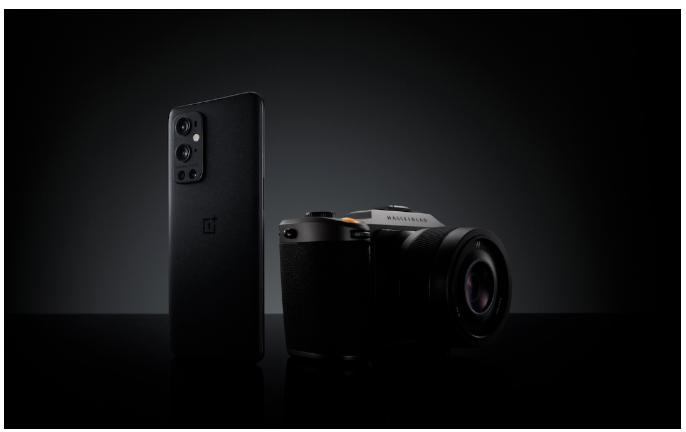
5. Transparent Communication:
What OnePlus did: OnePlus faced challenges, like when users reported issues with the OnePlus 5’s display. Rather than dodging the topic, they openly communicated about the issue, clarifying their design choices and acknowledging user feedback.
Lesson: In today’s connected world, brands can’t hide from criticism. Instead, embracing transparency and addressing concerns head-on can foster trust and loyalty among consumers.

6. High-Quality Products at Competitive Prices:
What OnePlus did: While competitors released phones with skyrocketing prices, OnePlus consistently offered top-tier specs without the excessive price tag. For instance, the OnePlus 5 was a mid-cycle refresh that packed high-end features, rivaling flagships at a fraction of the cost.
Lesson: It’s essential to understand your target audience’s needs and financial constraints. Offering value doesn’t mean cutting corners; it’s about smart choices that benefit the consumer.

7. Embrace Global Outreach:
What OnePlus did: OnePlus didn’t limit itself to its home market. They hosted pop-up events worldwide, from London to Mumbai, allowing fans to experience their products firsthand and engage with the brand.
Lesson: A global mindset is crucial in today’s interconnected world. Hosting on-ground events and engaging with diverse audiences can help brands create a universal appeal.

8. User-Driven Innovation:
What OnePlus did: OxygenOS, OnePlus’s custom software, frequently incorporates features based on user feedback. For example, when users voiced concerns about aggressive background app management, OnePlus tweaked the software to better balance performance and battery life.
Lesson: Innovations shouldn’t happen in a vacuum. Listening to your user base and iterating based on their feedback ensures products and services that genuinely resonate.
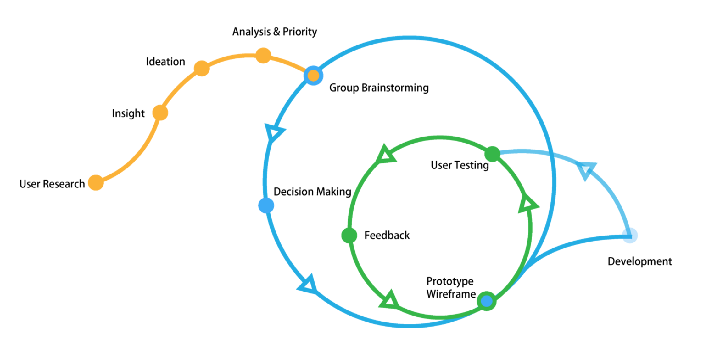
9. Storytelling and Brand Narratives:
What OnePlus did: Beyond specs and features, OnePlus has consistently communicated its story of challenging the status quo. Their “Never Settle” campaign wasn’t just about products; it embodied a spirit of relentless pursuit of perfection.
Lesson: In a crowded market, it’s stories, not just products, that make a brand memorable. Building a compelling narrative can differentiate a brand and foster a deeper emotional connection with consumers.
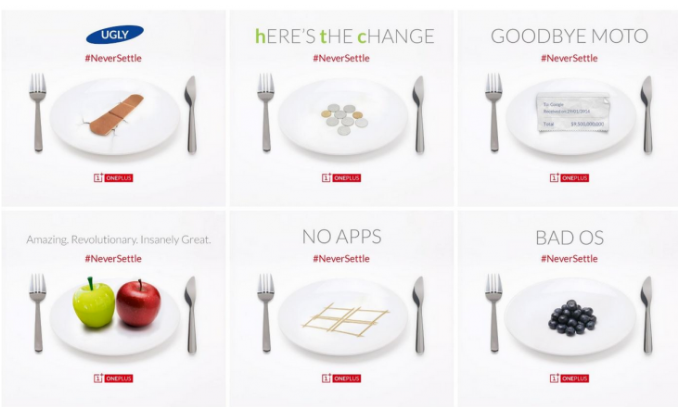
10. Adaptability:
What OnePlus did: Recognizing the growing demand for wireless earbuds, OnePlus introduced the OnePlus Buds, ensuring they remain relevant in a rapidly changing tech landscape.
Lesson: In the fast-paced world of tech, brands must be agile. Adapting to market trends and diversifying product portfolios can keep a brand ahead of the curve.
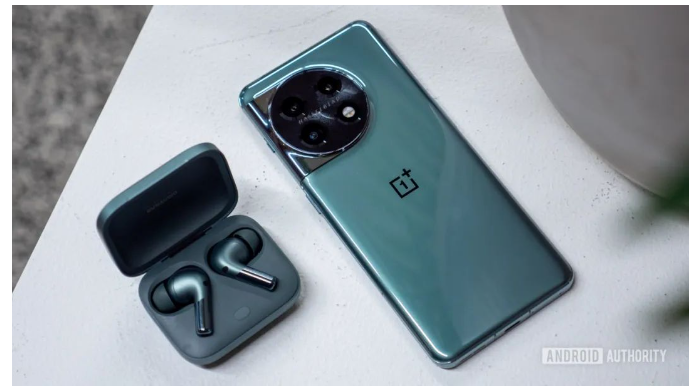
Conclusion:
There’s magic to OnePlus’s journey, a blend of smart marketing, quality products, and a keen understanding of their audience. By dissecting their strategies, businesses, big or small, can glean insights into building a brand that not just sells, but resonates. As we step into an era where consumers value authenticity and connection, OnePlus serves as a beacon, showing the way forward in the world of consumer electronics.



